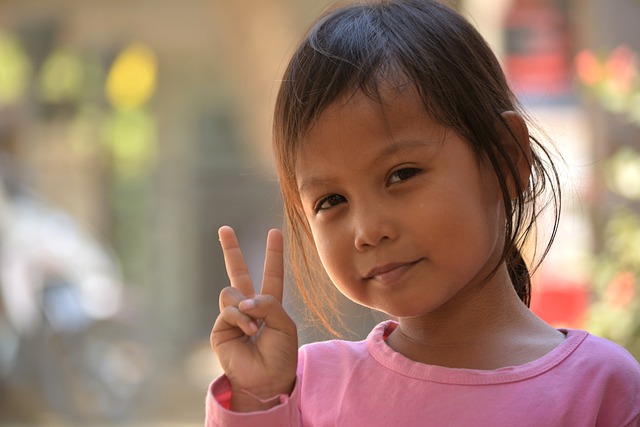Peace for All
Peace for All: A Shared Journey Towards Harmony
Team H&H
8/6/20242 min read


In a world often marked by division and conflict, the pursuit of peace stands as a beacon of hope and possibility. But what does "peace for all" truly mean, and how can we work together to achieve it?
Understanding Peace
Peace is more than the absence of war or conflict; it is a state of harmony where individuals and communities can thrive without fear or suffering. It encompasses inner tranquility, societal justice, and international harmony. Achieving peace for all requires a multi-faceted approach, addressing personal, social, and global dimensions.
Personal Peace: The Foundation of Global Harmony
Inner peace is the bedrock of broader societal peace. It begins with self-awareness and emotional regulation. Practices such as mindfulness, meditation, and deep-breathing exercises can help individuals cultivate a sense of calm and resilience. When people experience inner peace, they are more likely to contribute positively to their communities and beyond.
Social Peace: Building Just and Equitable Communities
Social peace involves creating environments where justice, equality, and respect prevail. This means addressing systemic issues such as poverty, discrimination, and inequality. Initiatives that promote education, healthcare, and economic opportunity can help build stronger, more peaceful communities. Additionally, fostering a culture of dialogue and understanding among diverse groups is crucial for social cohesion.
Global Peace: Collaboration Beyond Borders
On an international scale, peace requires cooperation and diplomacy. It involves respecting human rights, promoting sustainable development, and resolving conflicts through dialogue rather than violence. International organizations, governments, and civil society must work together to address global challenges such as climate change, migration, and geopolitical tensions.
Practical Steps Towards Peace for All
1. Education and Awareness: Educating individuals about the importance of peace and how to achieve it can have a profound impact. Schools, communities, and media play a vital role in spreading awareness and fostering a culture of peace.
2. Community Engagement: Local initiatives that bring people together, such as community gardens, cultural exchanges, and volunteer programs, can build trust and solidarity among diverse groups.
3. Policy Advocacy: Advocating for policies that promote social justice, economic equity, and environmental sustainability is essential. Engaging with policymakers and supporting organizations that work towards these goals can drive systemic change.
4. Conflict Resolution: Promoting non-violent conflict resolution techniques, such as mediation and dialogue, can help address disputes at all levels. Training individuals in these methods can empower communities to resolve conflicts peacefully.
5. Global Cooperation: Supporting international efforts to address global challenges is crucial. This includes participating in global campaigns, supporting humanitarian aid, and advocating for international treaties that promote peace and security.
Conclusion
Peace for all is a shared journey that requires collective effort and unwavering commitment. By fostering inner peace, building just societies, and promoting global cooperation, we can move closer to a world where everyone can live in harmony. Let us each play our part in this noble endeavor, recognizing that peace is not just a goal but a continuous process that begins with each of us.
Take care,
Team H&H






